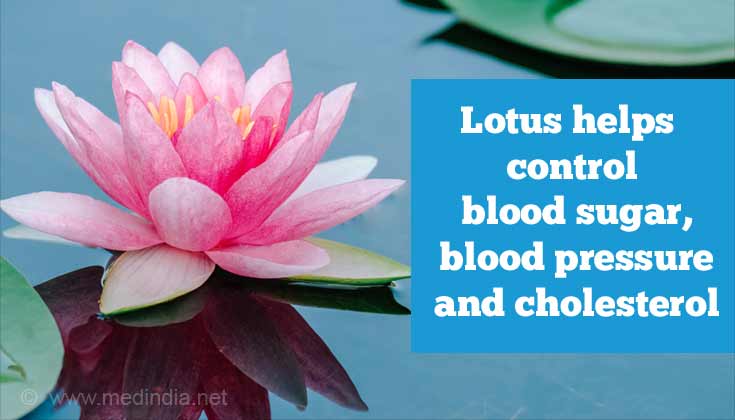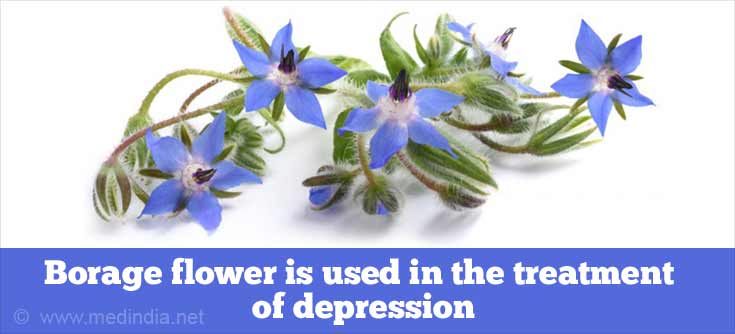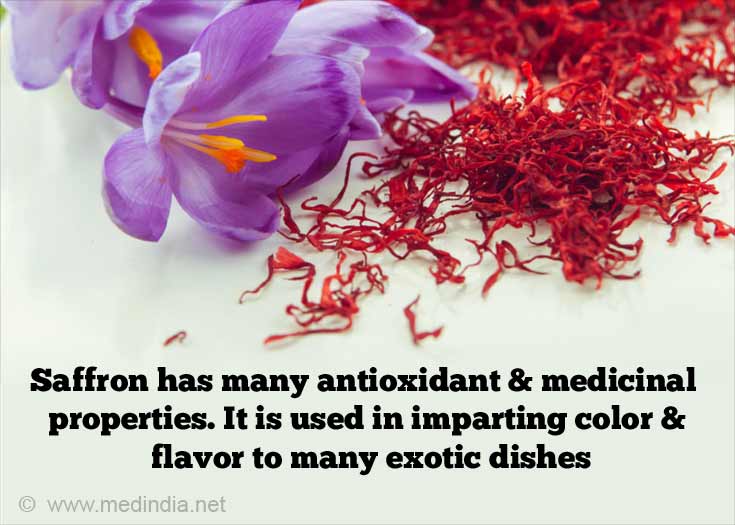- Blumenthal M, Goldberg A, Brinckmann J. Herbal Medicine: Expanded Commission E Monographs. Newton, MA: Integrative Medicine Communications; 2002:78-83.
- Antioxidant activities of various extracts of lotus (Nelumbo nuficera Gaertn) rhizome. Yang D, Wang Q, Ke L, Jiang J, Ying T. Department of Food Science and Nutrition, Zhejiang University, Hangzhou, China. Asia Pac J Clin Nutr. 2007;16 Suppl 1:158-63.
- Hu C, Kitts DD. Antioxidant, prooxidant, and cytotoxic activities of solvent-fractionated dandelion (Taraxacum officinale) flower extracts in vitro. J Agric Food Chem. 2003;51(1):301-10.
- Watt, JM & Breyer-Brandwijk, MG, 1962. The medicinal and poisonous plants of southern and eastern Africa. 2nd Edition. E. and S. Livingstone, London.
- A comprehensive review on Nymphaea stellata: A traditionally used bitter / M K Mohan Maruga Raja, Neeraj Kumar Sethiya, S H Mishra / Journ of Advanced Pharma Technology & Research, 2010, Vol 1, No 3, Pp 311-319.
- Janick, J., J.E. Simon, J. Quinn and N. Beaubaire. 1989. Borage: A Source of Gamma Linolenic Acid. In: L.E. Craker and J.E. Simon (eds). Herbs, spieces, and Medicinal Plants. Recent Advances in Botany, Horticulture, and Pharmacology. Food Products Press Vol 4:145-168.
- Akhondzadeh S, Tahmacebi-Pour N, Noorbala AA, et al. Crocus sativus L. in the treatment of mild to moderate depression: a double-blind, randomized and placebo-controlled trial. Phytother Res. 2005;19:148–51.
- Escribano J, Alonso GL, Coca-Prados M, et al. Crocin, safranal and picrocrocin from saffron (Crocus sativus L.) inhibit the growth of human cancer cells in vitro. Cancer Lett. 1996;100:23–30.
- "Vegetarian Table: Japan", 1998, Victoria Wise, Chronicle Books, San Francisco, pp 114.
About
1. Lotus is revered all over the world, as it is a sign of prosperity, purity and peace. All parts of the lotus can be consumed which including its petals, flowers, flower stamens, seeds, and stems.
- This flower helps in the management of fever, sunstroke, insomnia, urinary problems, diarrhea, dysentery, cough, and cold.
- It is effective in reducing blood sugar and blood pressure and should be used with caution in patients taking medications for the same.

- Lotus is also known to be an antioxidant (reduces the damaging free radicals in the body) and researches have shown that the lotus rhizome extracts have the highest antioxidant properties.
- It is also cardiotonic, hepatoprotective (protects the liver), reduces cholesterol and acts as an astringent.
- Indians and Chinese have used the therapeutic power of this flower in the treatment of liver and digestive ailments besides inflammations of the appendix, bile duct and gallstones.
- Dandelions have been used in treating fluid retention as it is a diuretic (helps increase the formation of urine by the kidneys) and as a digestive aid as it galvanizes the salivary and gastric juices.
- Dandelion is rich in vitamins such as vitamins A, B complex, C and D and minerals such as potassium, calcium, zinc, and iron.
- The flowers are used to make Dandelion wine, honey syrups, and jams, while its leaves and roots serve as a diuretic, and a “blood purifier.”

- Borage finds usage in the management of a number of inflammatory conditions including arthritis, atopic dermatitis (inflammation of the skin), fever, diarrhea, heart ailments, and of the lungs and respiratory passages.
- It also regulates the hormonal and metabolic system besides regulating the flow of milk in nursing mothers.
- The flower is used in the treatment of depression.
4. Rose is one of the most popular, exquisite loved flower all over the world. There are over 100 species within the family of Rosacea found in variable colors and hues, each having their own distinctive medicinal and biochemical properties. Rose hips are the swollen bases of the flower that develops into the seed pod. They contain vitamin C, malic and citric acids, antioxidants, phytochemicals and bioflavonoid (substances helping to promote health).
- Rose hips have been used therapeutically in the management of arthritis (inflammation of the joints), constipation and indigestion, urinary problems, fevers, colds and flu’s, cancers, bladder stones, and gonorrhea (sexually transmitted infectious disease).
- Rose petals are also a rich source of vitamin A, B3, C, D, E, volatile oils, tannic acid, malic acid, pectin, bioflavonoid and antioxidants. Rose petals tea is prized for eliminating stress and headaches, treating depression, insomnia and other nervous disorders.
- It is also used as a blood purifier, laxative, diuretic, cardiotonic, as an anti-infective agent for the digestive system and the respiratory system.
- It is also known to be a regulatory aid for infertility and menstrual problems.
- The Ayurvedic tonic Gulkand is prepared from the rose petals and is used to treat disorders varying from fatigue to intestinal worms to hyperacidity.
- It is also known to have hepatoprotective properties. Fruits of wild rose (dog rose, Rosa canina) contain beta-carotene and other biochemicals that have shown to decrease the severity of liver inflammation and fibrosis in experimental animals.
5. Saffron, derived from the female reproductive part of the flower Crocus sativus, is as highly prized as gold because the cultivation of 75,000 flowers yields only a pound of saffron. Saffron has many antioxidant and medicinal properties besides its use in imparting color and flavor to many exotic dishes. It has carotenoids such as- crocin, zeaxanthin, lycopene, β- and β-carotenes, biochemicals such as picrocrocin and safranal besides volatile oils. It is rich in minerals such as potassium, calcium, iron, selenium, copper, manganese, zinc and magnesium, as well as vitamin A, riboflavin, niacin, folic acid, and vitamin C. Traditionally, it is used as an antioxidant, antiseptic, antidepressant, digestive, carminative, anti-convulsant and anti-carcinogenic agent. Pregnant women should avoid its consumption, as it is a uterine stimulant and can cause miscarriage. Safety in young children, nursing women and in people with liver and kidney diseases has not been established.

And these are not the only edible flowers with a range of health benefits. Flowers of sunflower, banana, basil, broccoli, bee balm, calendula, daylily, dill and many more provide in numerous health benefits to mankind.
While there are many edible flowers, there are many other flowers or parts of the plant, which are inedible or even poisonous. Therefore, extreme caution and expert opinion are strongly recommended before you decide to load these colorful flowers on your plate.







